
|
|
|
| synonym |
Ophiderma flavum |
| description |
The female is large, with a long and robust body. Females are mostly greenish in color, with a rufous base towards the rear of the pronotum. The wings are brown at the base and fuscous at the tips. The head is much broader than long and is green, smooth, shining, and sparingly pubescent (i.e. without hairs). The eyes are large and red, and the ocelli are prominent and reddish. The pronotum is uniform green, sometimes with a reddish tinge, and is finely pubescent. The legs and undersurface of the body are yellowish. Males have a broad, bright yellow head with prominent eyes; the ocelli are brown. Otherwise the pronotum is dark, almost black in color. There is a bright yellow band on each side of the pronotum, enclosing an oblong dark area; the band becomes broader when it reaches the lower margin of the pronotum. There is an apical transverse band at the rear of the pronotum, also yellowish. The wings resemble those of the female, and the abdomen is dark brown or black, with yellow on the edges of the segments; the tip is a light brown. The legs are a yellowish-brown color. Adult males are around 7.0 mm long, while females are 7.3-8.0 mm. (Kopp, 1973) |
| distribution |
Eastern and central North America |
| abundance |
Restricted to the mountains, where it is uncommon. Seasonal distribution: 1 June-31 August (CTNC) |
| seasonal_occurrence | |
| habitat |
Has been found near montane mixed hardwood forest; where oaks are present. |
| plant associates |
Quercus alba, Q. rubra (CTNC) |
| behavior |
To listen to the male courtship call for this genus, listen here. These courtship calls are not audible to the human ear, and the calls here are produced by recording the substrate vibrations that the treehoppers use to communicate through the plants themselves. The recorded call is then amplified so that it is now audible to human ears. Research has shown that treehoppers use vibrations to attract mates, to announce the discovery of a good feeding site, or to alert a defending mother to the approach of a predator (T.IM). |
| comments |
Can be attracted at night with a light.
A record from Mecklenburg county seems quite far out of the range of this species and therefore has not been entered on the site. |
status |
[Native:]
[Introduced:]
[Extirpated:] | | list_type |
[Official:]
[Provisional:] |
| adult_id | Unmistakable and widely known Identifiable from good quality photos of unworn specimens
Identifiable from photos showing undersides, or other specialized views [e.g., legs, face]
Identifiable only by close inspection of structural features or by DNA analysis NULL |
| nymph_id | Unmistakable and widely known Identifiable from good quality photos, especially where associated with known host plants
Identifiable from close inspection of specimens or by DNA analysis
Identifiable only through rearing to adulthood NULL |
| G_rank |
|
| S_rank |
|
| rank_comments |
|
| tribe |
Smiliini |
| subgenus |
|
Species Photo Gallery for Ophiderma flava No Common Name |
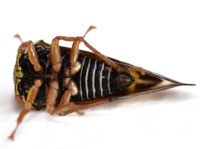 | Photo by: Kyle Kittelberger, Brian Bockhahn, Paul Scharf
Avery Co.
Comment: open area near mixed hardwood forest |  | Photo by: Kyle Kittelberger, Brian Bockhahn, Paul Scharf
Avery Co.
Comment: open area near mixed hardwood forest |
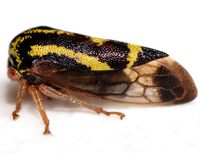 | Photo by: Kyle Kittelberger, Brian Bockhahn, Paul Scharf
Avery Co.
Comment: open area near mixed hardwood forest | 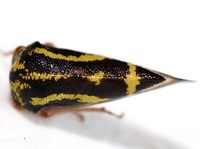 | Photo by: Kyle Kittelberger, Brian Bockhahn, Paul Scharf
Avery Co.
Comment: open area near mixed hardwood forest |
 | Photo by: Kyle Kittelberger
Out Of State Co.
Comment: female, 7.3 mm | 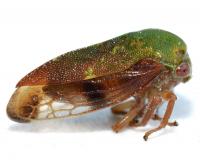 | Photo by: Kyle Kittelberger
Out Of State Co.
Comment: female, 7.3 mm |
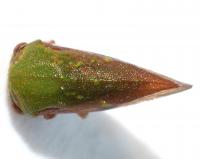 | Photo by: Kyle Kittelberger
Out Of State Co.
Comment: female, 7.3 mm | 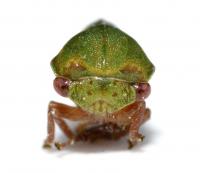 | Photo by: Kyle Kittelberger
Out Of State Co.
Comment: female, 7.3 mm |
 | Photo by: Kyle Kittelberger
Out Of State Co.
Comment: male |  | Photo by: Ken Kneidel
Yancey Co.
Comment: came to UV, CFL lights |
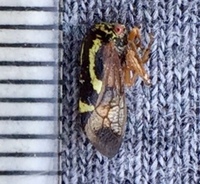 | Photo by: Ken Kneidel
Yancey Co.
Comment: came to UV, CFL lights |  | Photo by: Patrick Coin
Avery Co.
Comment: At UV light. See https://www.inaturalist.org/observations/169488160 |
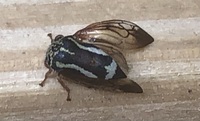 | Photo by: B. Bockhahn
Macon Co.
Comment: |  | Photo by: K. Bischof
Transylvania Co.
Comment: GORG |
|

 »
»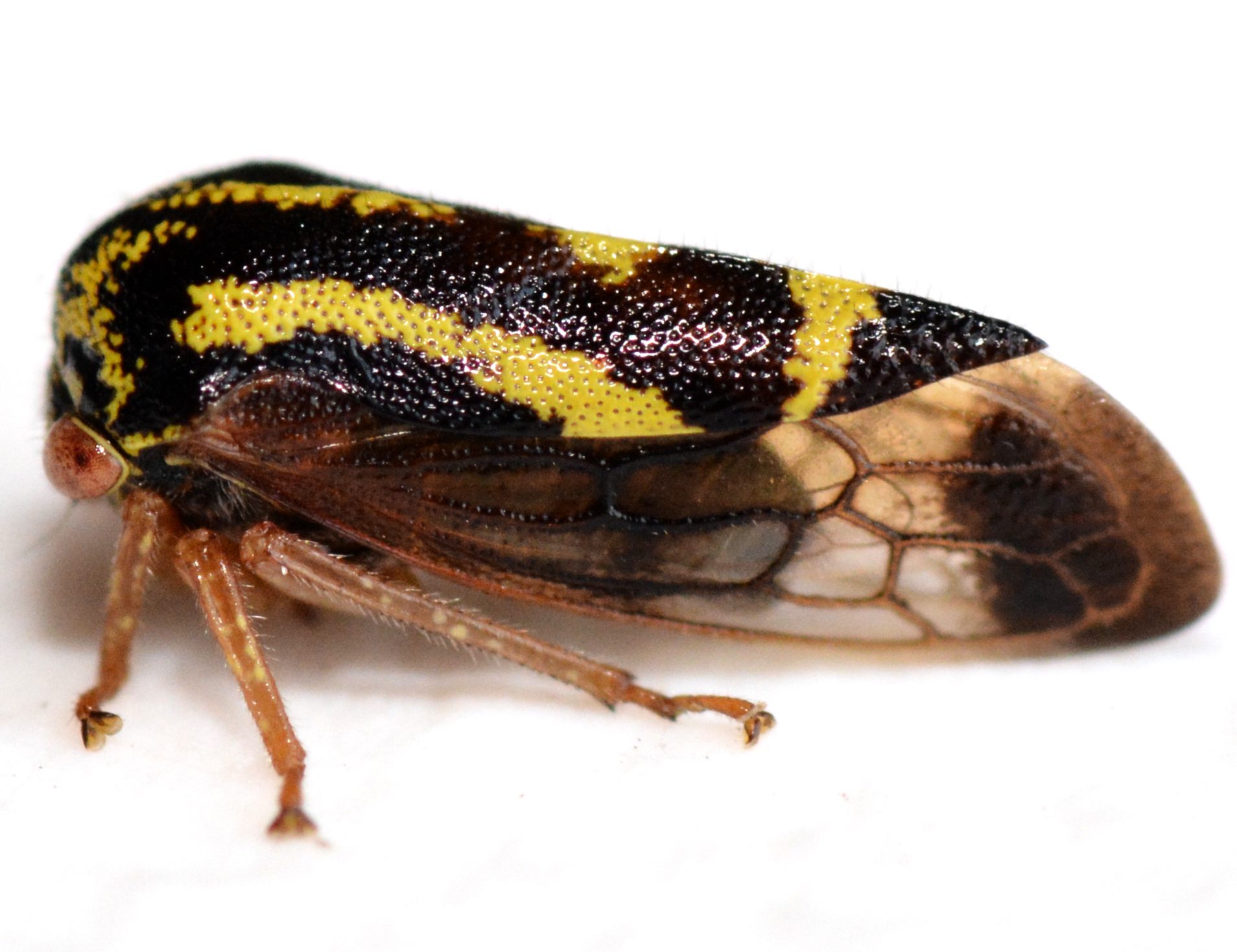
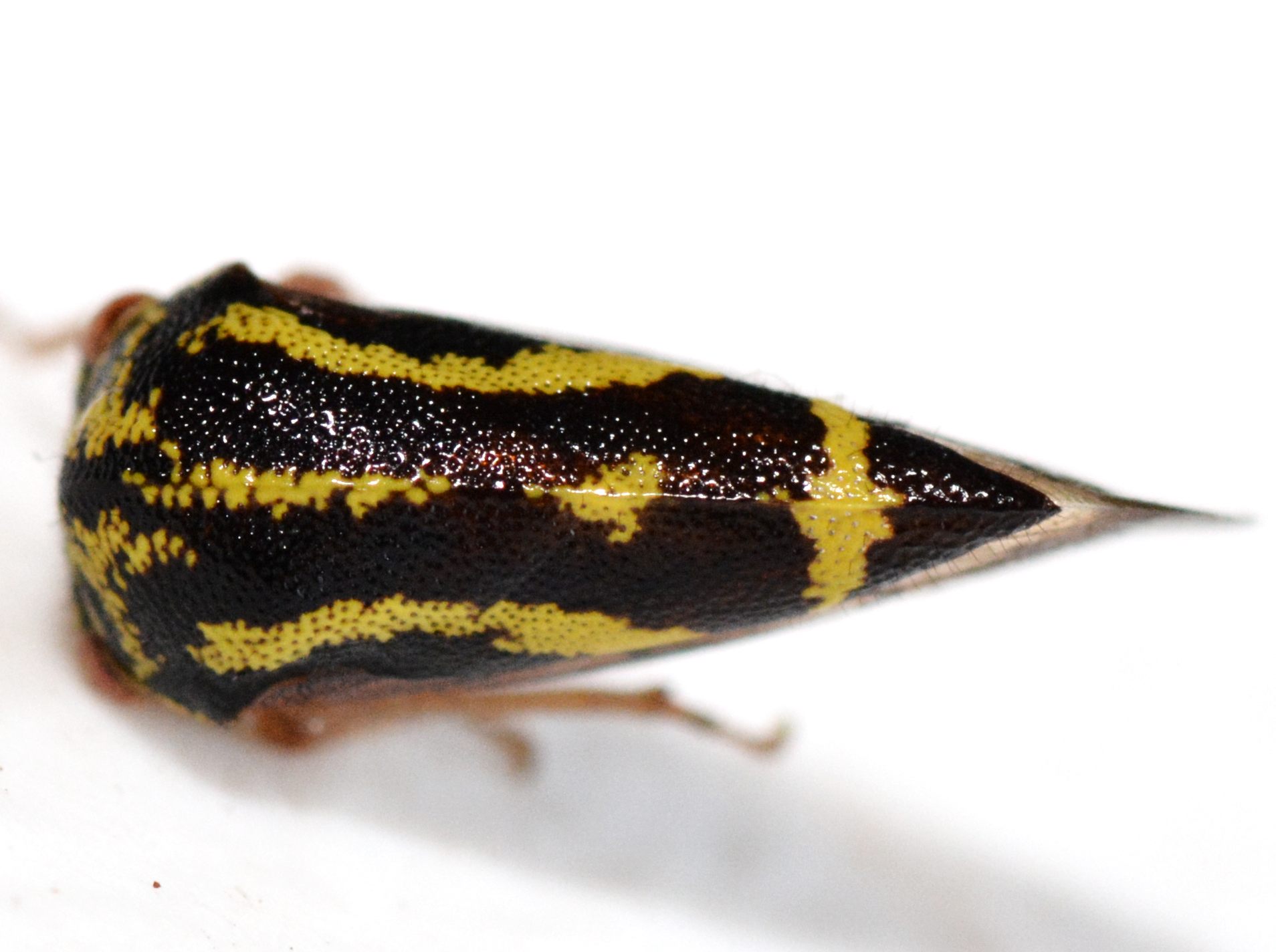
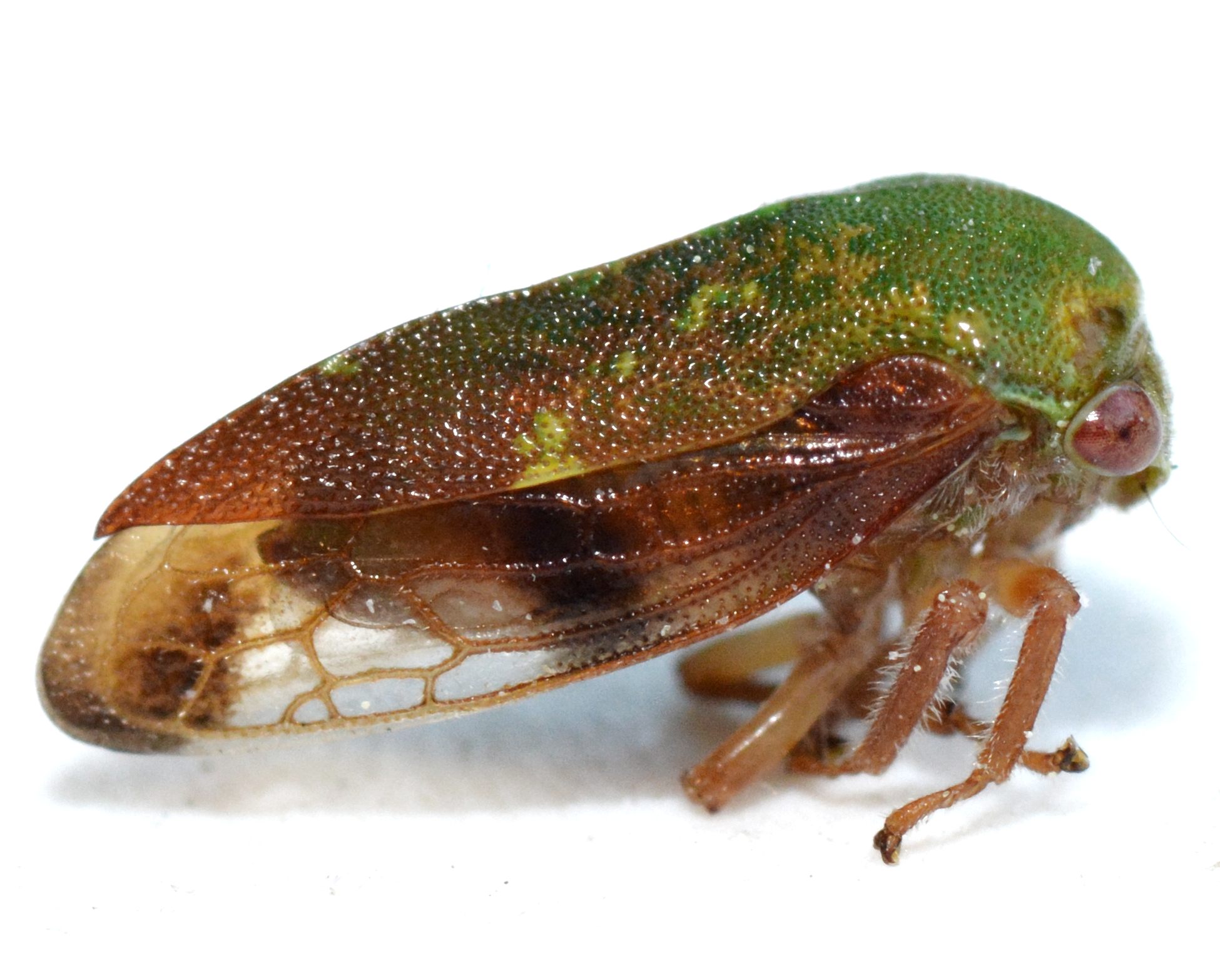


 »
»


